how many calories in 1 2 cup brown rice
 1 Cup Of Brown Rice Nutrition Facts - NutritionWalls
1 Cup Of Brown Rice Nutrition Facts - NutritionWallsNutritionIs brown rice good for you? Integral rice is often associated with a healthy diet. Considered an entire grain, brown rice is less processed than white rice, which has had its helmet, saved and germ eliminated. The whole rice only has the helmet (a hard protective cover) removed, leaving the bran and germ full of nutrients. As a result, whole rice preserves the nutrients that white rice lacks vitamins, minerals and antioxidants. However, many people avoid whole rice due to the growing popularity of low carbohydrate diets. This article will discuss the health benefits of whole rice to help you decide whether it is a healthy food to add to your diet. Although brown rice is a simple food, its nutritional profile is anything but. Compared to white rice, brown rice has in terms of nutrients. Although similar in calories and carbohydrate content, whole rice extracts white rice in almost all categories. A cup of brown rice contains (): This whole grain is also a good source of folate, riboflavin (B2), potassium and calcium. In addition, brown rice is exceptionally high in manganese. This rare mineral is vital for many important processes in the body, such as bone development, wound healing, muscle contraction metabolism, nerve function and blood sugar regulation (). A manganese deficiency has been associated with a higher risk of developing metabolic syndrome, bone demineralization, deteriorated growth and low fertility (, ).Only a cup of rice meets almost all its daily requirement for this important nutrient. In addition to being an excellent source of vitamins and minerals, whole rice also provides powerful vegetable compounds. For example, brown rice contains phenols and flavonoids, a class that helps protect the body from oxidative stress (). Oxidative stress is associated with several health conditions, including heart disease, certain types of cancer and premature aging (). Antioxidants found in whole rice help prevent cellular lesions caused by unstable molecules called free radicals and reduce inflammation in the body (). Studies suggest that antioxidants found in rice can be the reason for the low prevalence of certain chronic diseases in areas of the world where rice is a basic food (). Resumen The whole rice is highly nutritious, providing the body with a wide variety of vitamins, minerals and antioxidants. Integral rice is highly nutritious, providing the body with a wide variety of vitamins, minerals and antioxidants. Replace the most refined grains with brown rice can help you. The refined grains such as white rice, white pasta and white bread lack the fiber and nutrients that contain whole grains such as brown rice. For example, a cup (158 grams) of whole rice contains 3.5 grams of fiber, while white rice contains less than 1 gram (). Fiber helps keep it more full for a longer period of time, so choosing fiber-rich foods can help you consume less calories in general (). In fact, studies show that people who eat more whole grains like whole rice weigh less than those who consume less whole grains. A study of more than 74,000 women found that those who ate more whole grains were constantly weighing less than those who ate less whole grains. In addition, women who had the highest intake of fiber had a risk of 49 per cent lower weight gain than women who had the lowest fiber intake (). Replace white rice with brown rice can help reduce belly fat, too. In one study, 40 overweight women who ate 2/3 cups (150 grams) of whole rice per day for six weeks had significant reductions in body weight and waist circumference compared to women who ate the same amount of white rice. In addition, women who ate whole rice experienced a significant decrease in blood pressure and CRP, a marker of inflammation in the body (). Abstract Brown rice contains more fiber than refined grains like white rice. Choosing whole grains rich in fiber like brown rice can reduce the fat of the belly and help you lose weight. The whole rice contains more fiber than refined grains like white rice. Choosing whole grains rich in fiber like brown rice can reduce the fat of the belly and help you lose weight. There is no doubt that brown rice is a . It is rich in fiber and beneficial compounds that can help reduce the risk of heart disease. A comprehensive study of more than 560,000 people showed that people who ate the most dietary fiber had a risk of 24-59% less developing heart disease, cancer and respiratory diseases (). Similarly, a review of 45 studies found that people who ate the largest amount of whole grains, including whole rice, had a 21% lower risk of heart coronary disease compared to those who ate smaller cereals (). Apart from being a good source of fiber, brown rice contains compounds called lignans that can help reduce the risk factors of heart disease. High diets in foods rich in lignan, such as whole grains, linen seeds, sesame seeds and nuts, have been associated with cholesterol reduction, low blood pressure and lower blood rigidity (). In addition, brown rice is high in magnesium, a mineral that plays a critical role in keeping the heart healthy. A review of 40 studies found that increased dietary magnesium was associated with a risk of stroke of 7–22%, heart failure and mortality for all causes (). Another review of nine studies showed that each increase of 100 mg/day in dietary magnesium reduced the mortality of heart disease in women by 24–25% (). Abstract Brown rice is full of fiber, lignans and magnesium, which all have beneficial effects on heart health and the risk of heart disease. The whole rice is full of fiber, lignans and magnesium, which all have beneficial effects on heart health and the risk of heart disease. Reducing carbohydrate intake and choosing healthier options is vital for blood sugar control. Although carbohydrates have the greatest impact on blood sugar, people with diabetes can reduce blood sugar and insulin peaks by eating less refined cereals like white rice. Replace white rice with brown rice can benefit people with diabetes in several ways. In one study, people with type 2 diabetes who ate two portions of whole rice a day experienced a significant decrease in post-meal blood sugar and hemoglobin A1c (a blood sugar control marker), compared to those who ate white rice (). Integral rice has a glucemic index lower than white rice, which means it is slower digested and has less impact on blood sugar. Choosing foods with a lower Glycemic Index can help those with diabetes better control their blood sugar. Multiple studies suggest that foods with a higher glycemic index increase blood sugar, insulin and ghrelin, a hunger-driven hormone (, ).Reducing ghrelin levels can help people with diabetes control their hunger, which can reduce excess food and help. In addition, replacing white rice with brown rice can reduce the chances of developing type 2 diabetes in the first place. In a study that includes more than 197,000 people, the exchange of only 50 grams of white rice for whole rice per week was associated with a lower risk of 16% developing type 2 diabetes (). Abstract Choosing comprehensive rice on refined grains can help people with diabetes control their blood sugar and reduce the chances of developing diabetes at all. Choosing brown rice over refined grains can help people with diabetes control their blood sugar and reduce the chances of developing diabetes at all. Gluten is a protein found in grains such as wheat, barley and rye. In these days, more and more people follow gluten-free diets for various reasons. Certain people are allergic or gluten intolerant and experience mild to severe pains such as stomach pain, diarrhea, swelling and vomiting. In addition, people with certain autoimmune diseases often benefit from a gluten-free diet (, ).These factors have led to a growing demand for gluten-free food. Luckily, brown rice is naturally free from this often problematic protein, which makes it a safe choice for those who cannot or decide not to consume gluten. Unlike highly processed gluten-free items, whole rice is a whole grain that is full of beneficial nutrients your body needs to function properly. Integral rice also becomes other healthy gluten-free products such as cookies and pastas that people can enjoy. Summary The whole rice does not contain gluten and is a safe and healthy choice for those who follow gluten-free diets. Integral rice does not contain gluten and is a safe and healthy choice for those who follow gluten-free diets. One of the best qualities of brown rice is its versatility. You can eat it at any time of the day and incorporate it into a variety of recipes. Here are some ways to add whole rice to your diet: As you can see, there are countless ways to consume whole rice. This whole grain nutritious blends well with many ingredients and can be enjoyed at breakfast, lunch or dinner. Summary The whole rice is a flexible ingredient that can be enjoyed in several recipes and meals. You can also use it as a healthy replacement for white rice or pasta. Integral rice is a flexible ingredient that can be enjoyed in several recipes and meals. You can also use it as a healthy replacement for white rice or pasta. Integral rice is a highly nutritious and gluten-free grain that contains an impressive amount of vitamins, minerals and beneficial compounds. Consuming whole grains such as whole rice can help prevent or improve various health conditions, including diabetes and heart disease. Not to mention, the exchange of refined cereals like white rice for whole rice can even help you lose weight. Integral rice is a versatile carbohydrate that can be eaten at any time of the day. Either way you choose to eat this healthy, you will be taking a good choice for your overall health. Read this now.

1/2 cup Brown Rice. 108 calories, 3g protein #properportions #rice www.bon-app.com | Proper portions, Food and drink, Mixed nuts

Is Brown Rice Good for You? Benefits, Weight Loss and Nutrition
4 Oz Brown Rice Nutrition - NutritionWalls

1/2 Cup Brown Rice | kevinw09

1 Cup Of Brown Rice Nutrition Facts - NutritionWalls

Brown Rice vs. White Rice: Nutrient Comparison

Exactly How Healthy Is Brown Rice? | Cooking Light
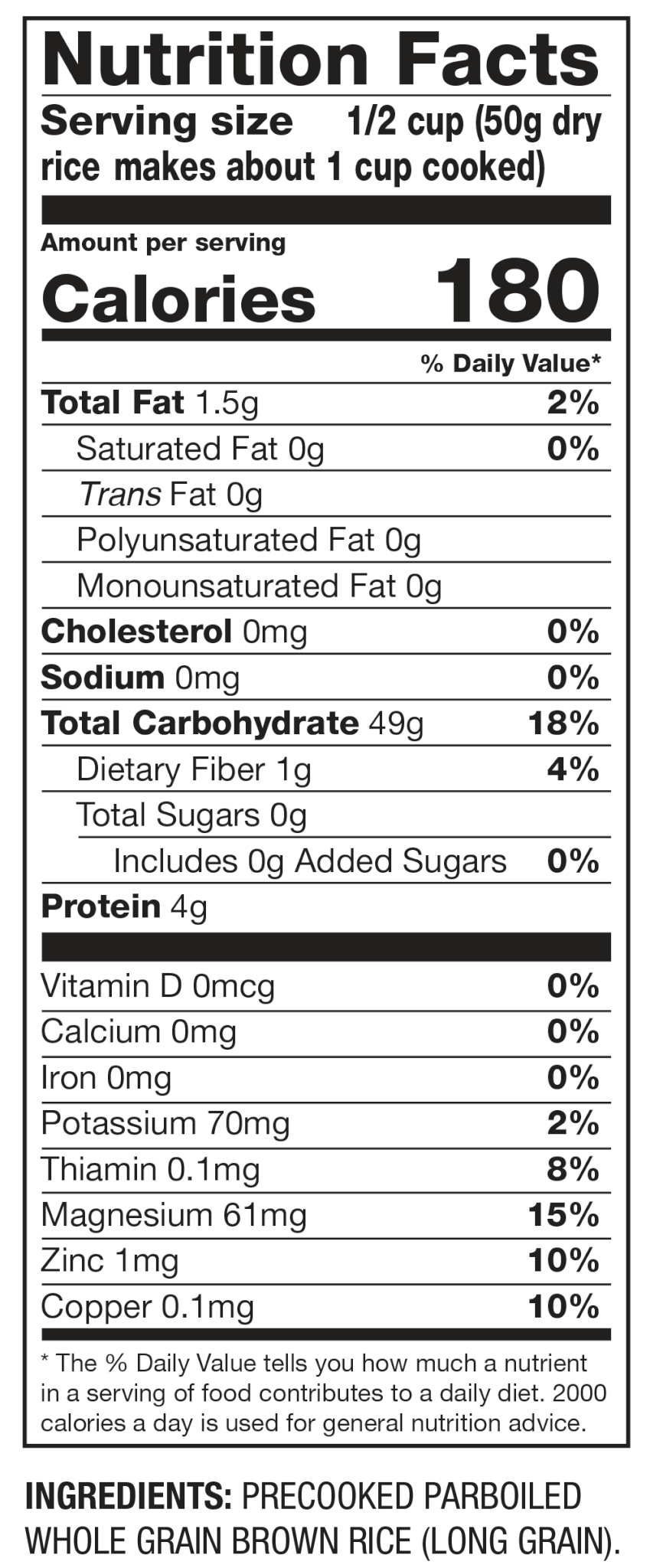
Boil in Bag Whole Grain Brown Rice | Success® Rice
Cooked 2 oz of Spam and 1/2 cup of Brown Rice last Minute for Work. Only About 317 Calories : 1200isplenty
/rice_annotated-b0a0aa51dc264e05b1d50b98c928147e.jpg)
Rice Nutrition Facts and Health Benefits

Pin on Food: Nutrition Facts


High Protein #MealPrep Bowl today... been working out a lot more and need to be eating more protein. Sho… | High calorie dinners, Protien meals, High calorie meals
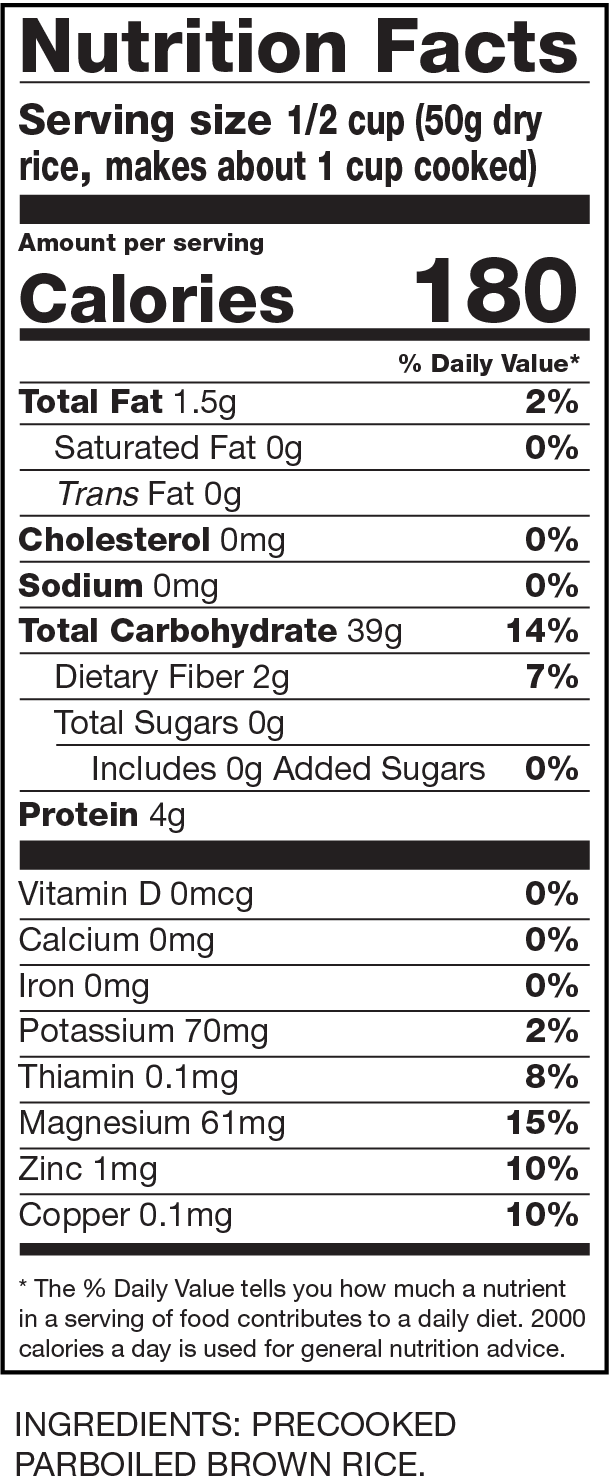
Instant Whole Grain Brown Rice | Minute® Rice
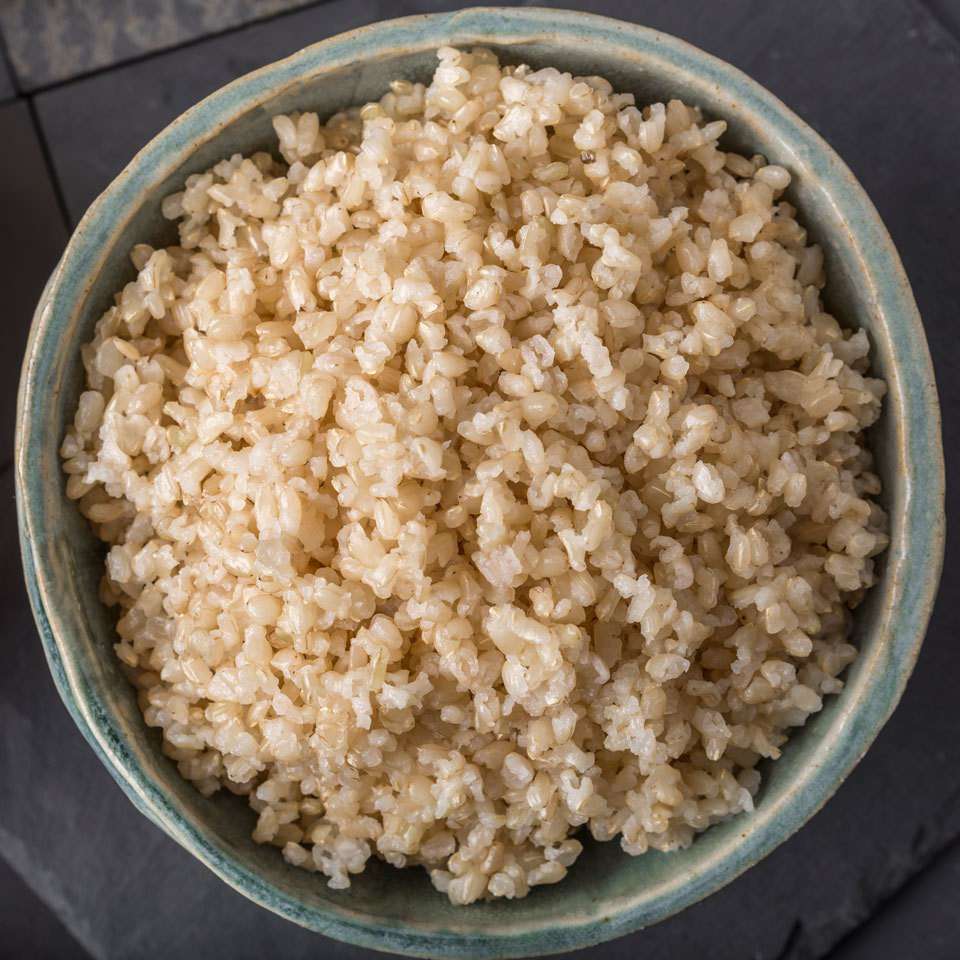
How to Cook Brown Rice Perfectly | EatingWell

Natural Whole Grain Brown Rice | UNCLE BEN'S® Whole Grain Brown Rice
.jpg)
4 Oz Brown Rice Nutrition - NutritionWalls

83 Best Food: Nutrition Facts ideas | nutrition facts, nutrition, food
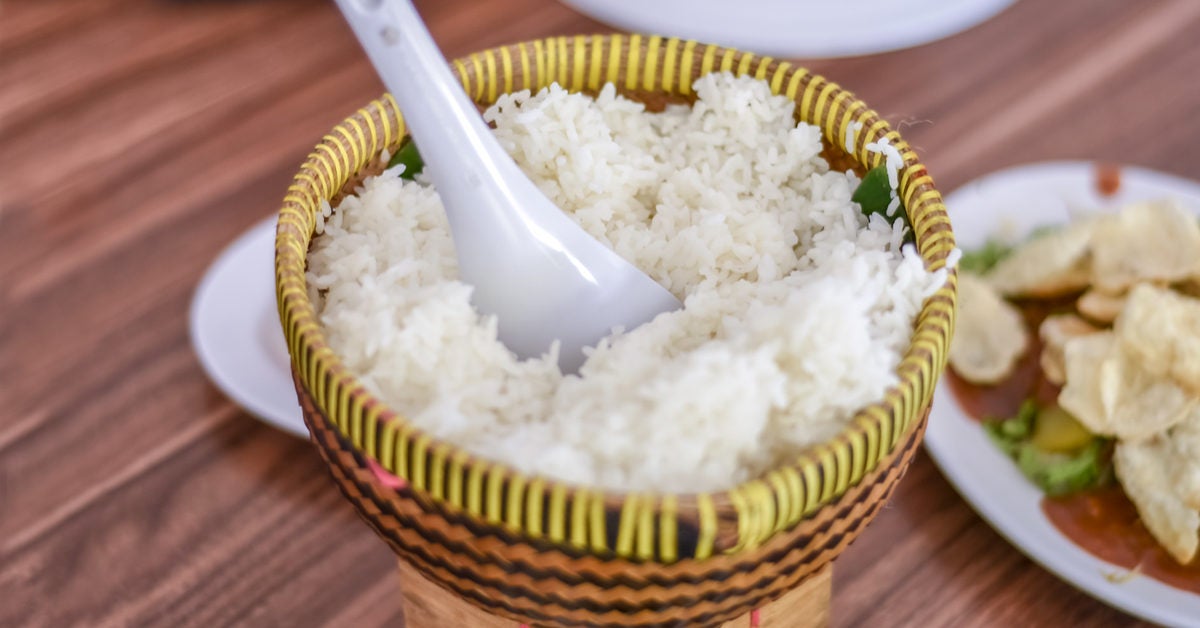
Jasmine Rice vs. White Rice: What's the Difference?
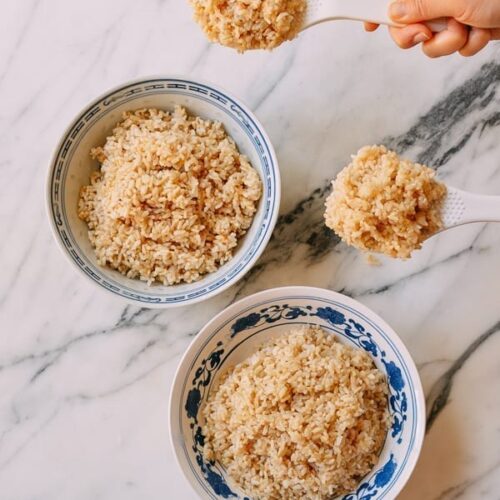
How to Cook Brown Rice: 2 Easy Methods! | The Woks of Life

Rice 101: Nutrition facts and health effects
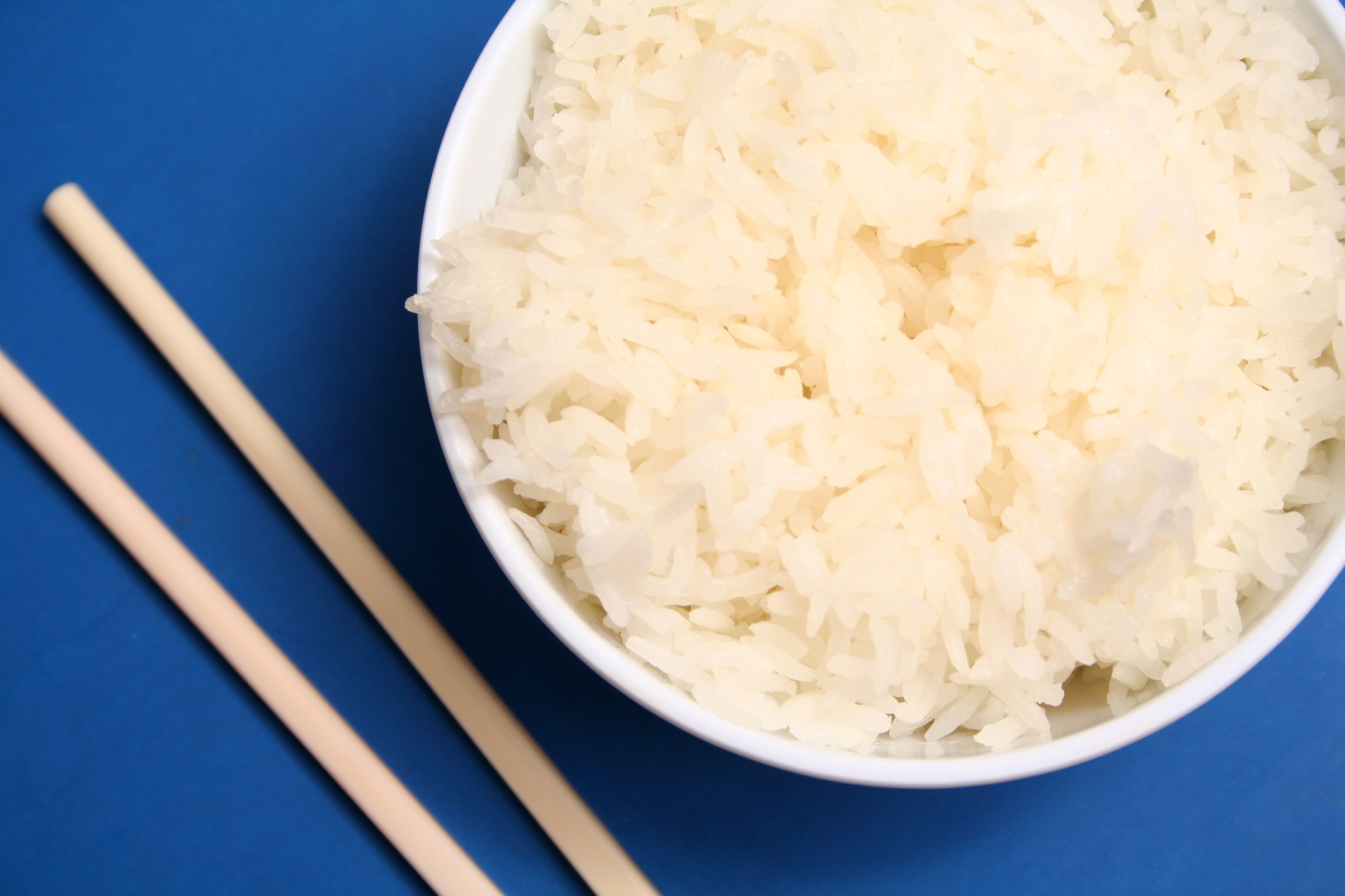
How to Cook Rice: Cut Rice Calories with One Easy Recipe | Time.com
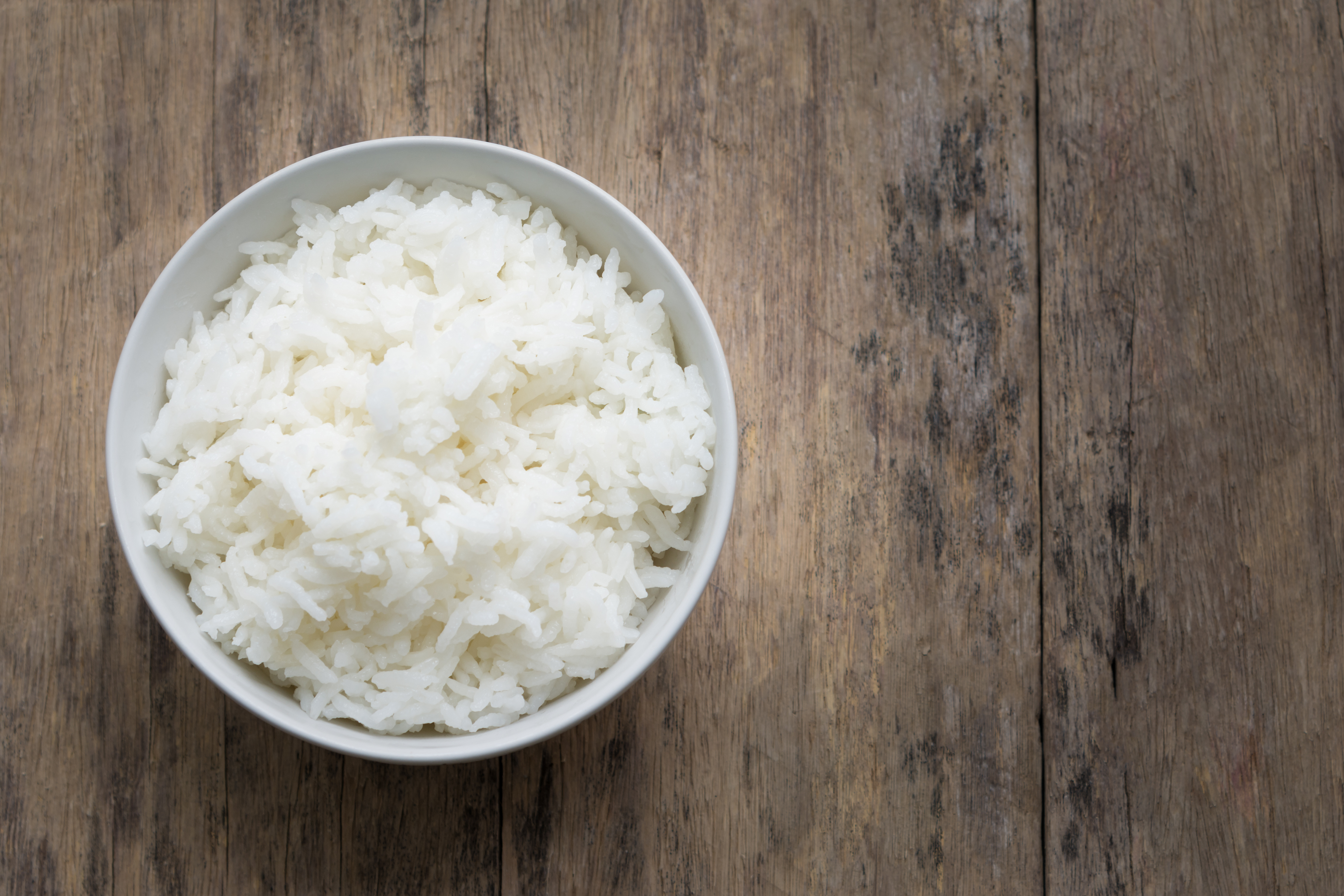
Rice Vs. Bread
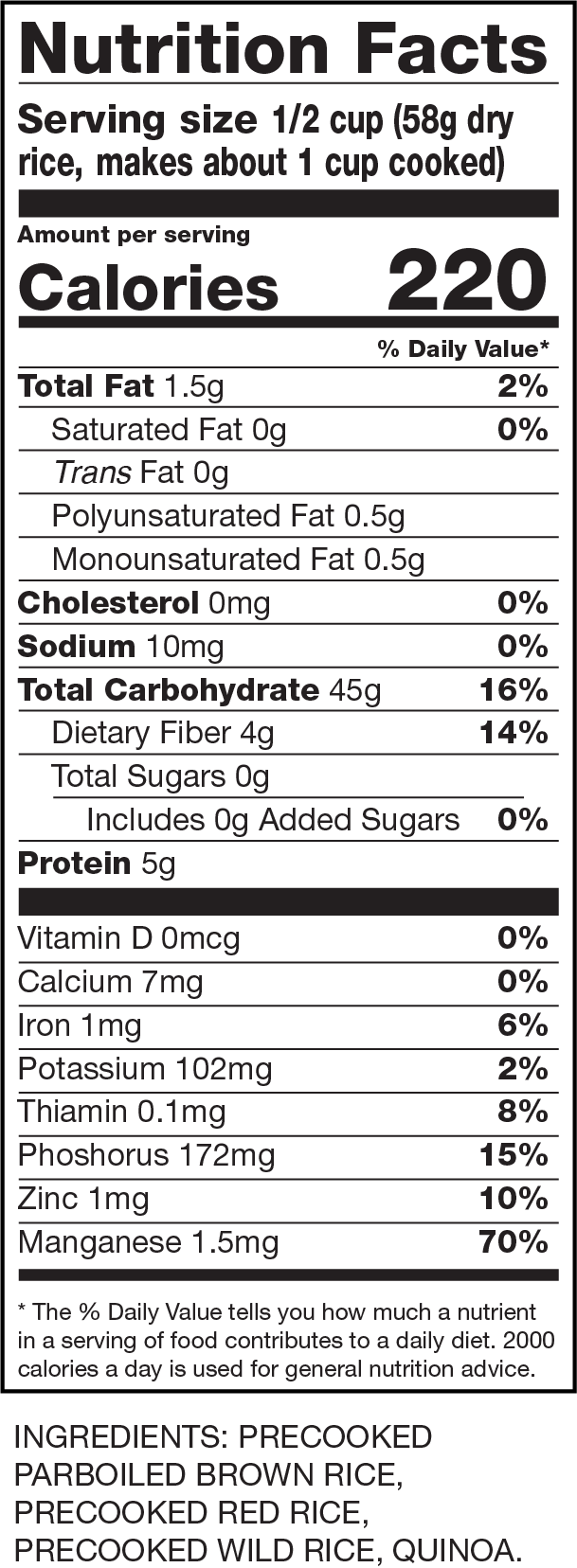
Instant Whole Grain Rice & Quinoa Medley | Minute® Rice

Pin on Nutrition

How to Cook Perfect Brown Rice | Cooking Light

What a Serving of Rice Actually Looks Like | These Photos Prove How Important Portion Control Is For Weight Loss | POPSUGAR Fitness

How to Cook Brown Rice Perfectly | EatingWell

Half Calorie Rice – Is It For Real? - Chocolate Covered Katie
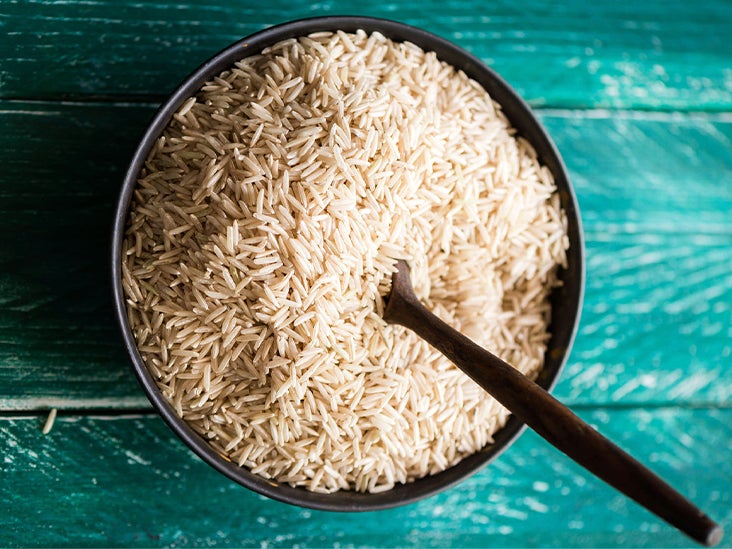
Is Brown Rice Safe if You Have Diabetes?

Measuring up to brown rice! | LeanStateOfMind

Half Calorie Rice – Is It For Real? - Chocolate Covered Katie
/couscous_annotated3-d2dc76949dbd4eb182c0b1f46901861f.jpg)
Couscous Nutrition Facts: Calories, Carbs, and Health Benefits

Instant Brown Rice | Natural Whole Grain Brown Rice | UNCLE BEN'S®
Ultimate Protein Comparison — The College Nutritionist
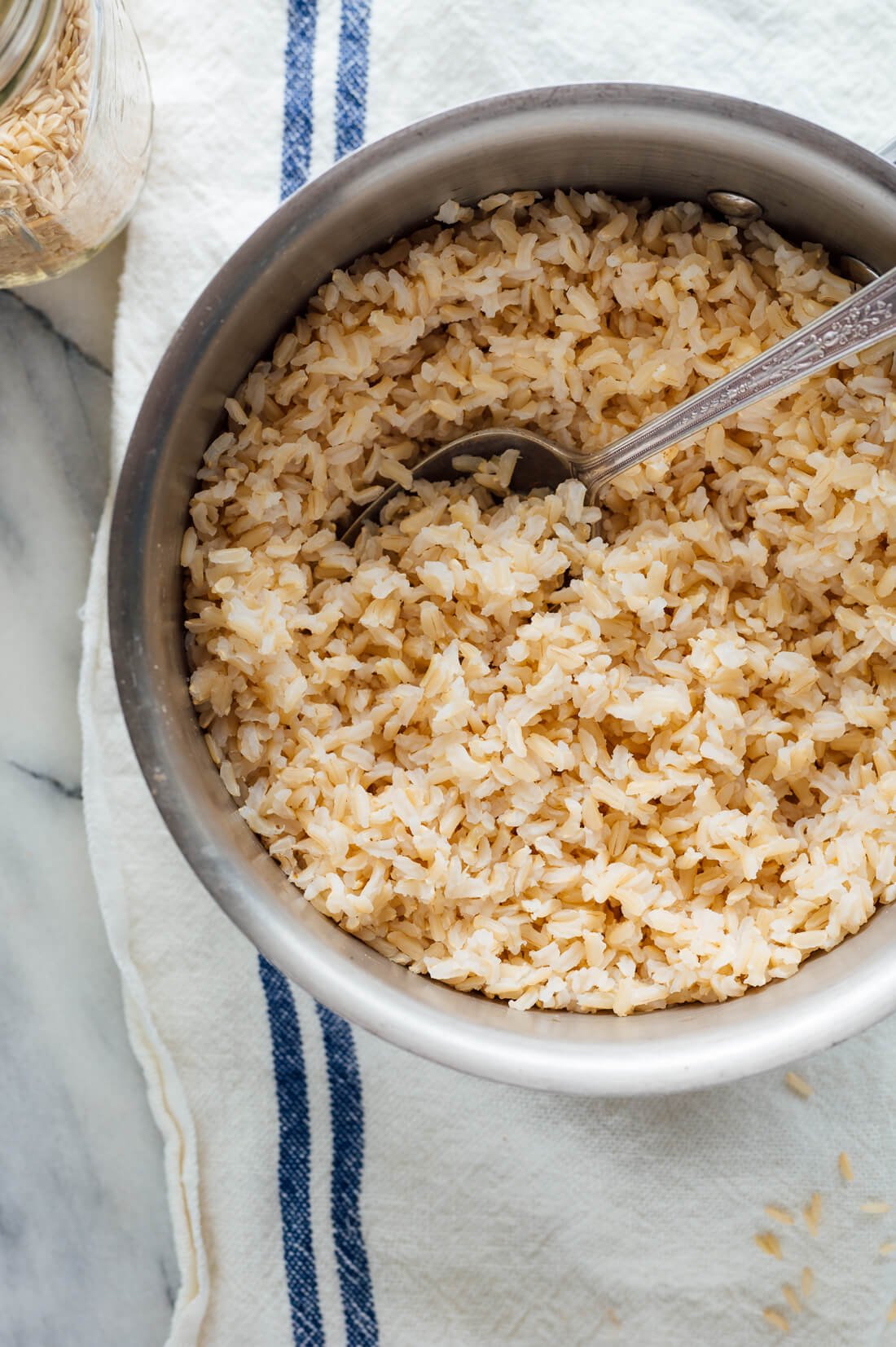
How to Cook Perfect Brown Rice - Cookie and Kate
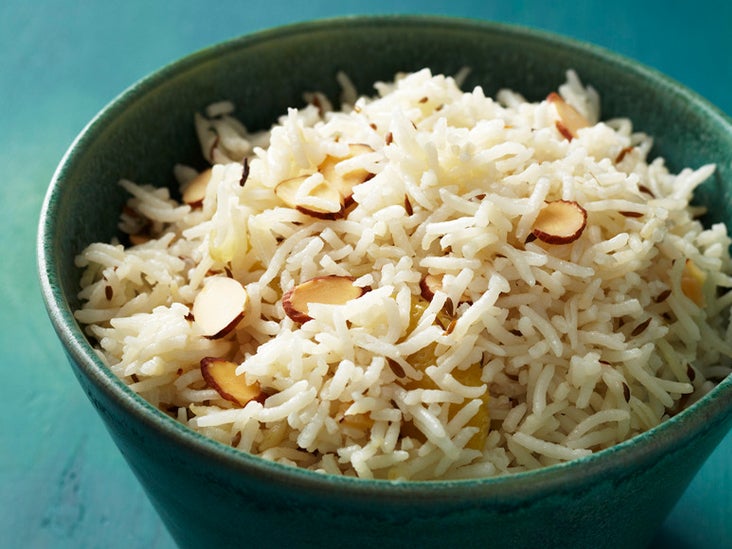
Is Basmati Rice Healthy? Nutrients and More
How does one measure the quantity of rice, cooked or uncooked, and the calories in it? One uncooked cup of rice approximately makes 2 cups of cooked rice. Does that mean I'm

Instant Pot Brown Rice Recipe - Add a Pinch

How to Cook Brown Rice (2 Ways!) - Jessica Gavin
Posting Komentar untuk "how many calories in 1 2 cup brown rice"